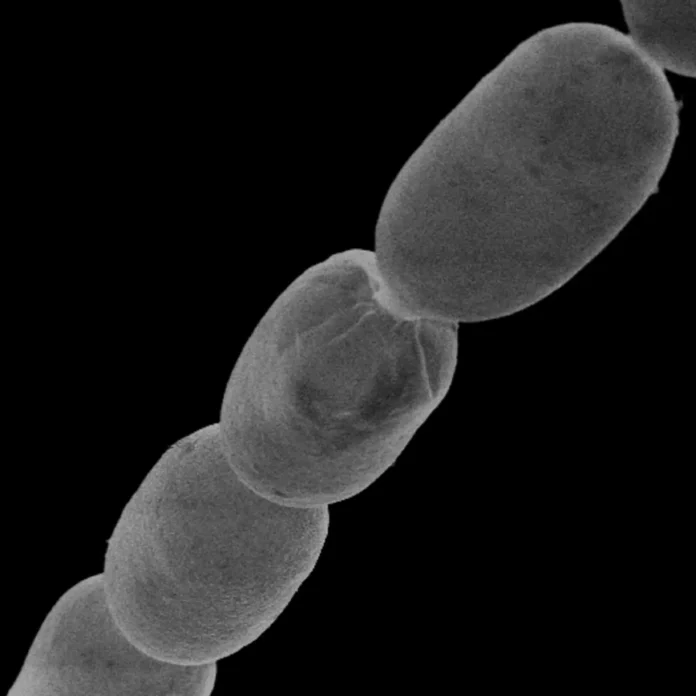Thiomargarita magnifica: You can see it with the naked eye and pick it up with a pair of tweezers—not a single one is bad for bacteria. Scientists have discovered the world’s largest known bacterium, which forms white filaments the size of human eyelashes, in a swamp in Guadeloupe.

Thiomargarita magnifica: About 1 cm long, the strange creature, Thiomargarita magnifica, is about 50 times larger than all other known giant bacteria and is the first to be seen with the naked eye. Thin white strands were discovered on the surfaces of rotting mangrove leaves in shallow tropical marine marshes.
The discovery was a surprise because, according to the model of cell metabolism, bacteria should not be that large. Previously scientists had suggested an upper possible size limit of about 100 times smaller than the new species.
“To put this in context, it would be like facing a human being as tall as Mount Everest,” said study co-author Jean-Marie Volland, a scientist at Lawrence Berkeley National Laboratory.
The creature was discovered by Olivier Gros, a marine biology professor at the Université des Antilles in Guadeloupe, searching for symbiotic bacteria in mangrove ecosystems. “When I saw them, I thought: Weird,” Grosse said. The laboratory first performed microscopic analysis to establish that the strings were single cells. A closer inspection also revealed a strange internal structure.
In most bacteria, DNA floats freely inside the cell. Thiomargarita magnifica appears to have more organized DNA within membrane-bound compartments throughout the cell. “And it’s much unexpected for a bacterium,” Volland said.
The bacterium was found to have three times more genes than most bacteria and hundreds of thousands of genome copies spread across each cell, making it unusually complex.
Scientists are not yet sure how bacteria evolved to be so large. One possibility is that it is adapted to avoid prey. “If you grow hundreds or thousands of times larger than your predator you can’t get consumed by your predator,” Volland said.
However, getting older would mean losing some of the traditional advantages of bacteria, including being able to uniquely roam and colonize new niches. “Leaving the microscopic world these bacteria have certainly changed the way they interact with their environment,” Volland said.













